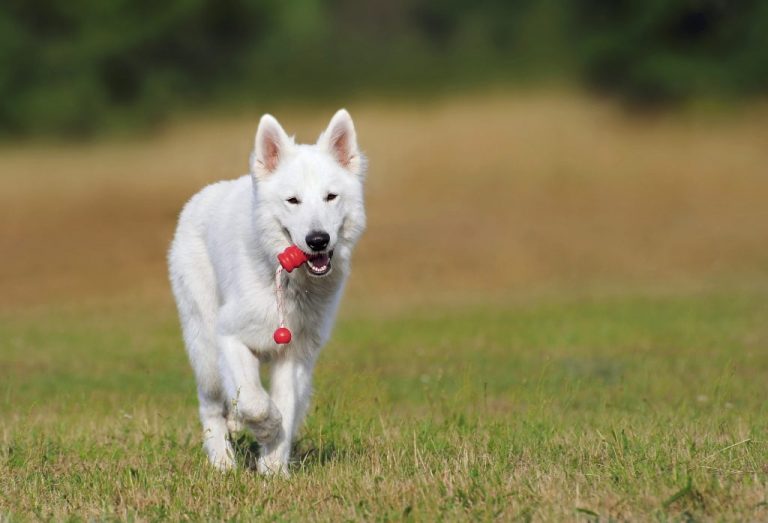Methods
Dog Training: Communication is Key
At Gray House, dog training is all about communication. You need the ability to communicate to your dog in a way your dog can understand and appreciate.
By opening up a clear line of communication, your dog will have a newfound trust and respect in you, strengthening the foundation of your relationship and making life easy for both of you.

What are Dog Training Methods?
There are three aspects to establishing clear communication with your dog – proper dog training method, proper technique, and proper tools.
Methods define the intention behind our training at any particular moment. They create context for the techniques and tools used in training. You could equate methods to syntax in modern language.
Syntax is the arrangement of words to create grammatically sound and coherent sentences. Without syntax, we would be throwing out words in random orders and expecting others to understand what we were saying. Our words would have no context, and so we would not be able to communicate clearly to others.
In the same way, methods provide a consistent, reliable sequence of cause and effect that hold contextual meaning for your dog. It is a simple exercise of, “If this, then that.” For every behavior your dog performs, there is a contextually consistent result, communicating to your dog what you want in relation to that behavior in the future.
These methods are known as the four quadrants of operant conditioning.

Operant Conditioning
The phrase Operant Conditioning may seem like a complicated concept. Thankfully, it’s a simple and easy way to train your dog. It is also the most well-used forms of training, it’s simply known by more common names.
Operant Conditioning is commonly divided into what dog training experts call the four quadrants: Positive Reinforcement, Negative Reinforcement, Positive Punishment, and Negative Punishment. In the context of operant conditioning, Positive means giving the dog something in response to a behavior. While Negative means taking something away from the dog for a behavior. In the same way, Reinforcement refers to increasing the behavior your dog is doing. Punishment, therefore, means your intention is to reduce your dog’s behavior.
Postive Reinforcement
The most common and well-known quadrant, is about giving a dog something to create or increase the frequency of a behavior. Typically, the dog receives a treat, toy, or attention. So if you ask your dog a ‘Sit’ command and the dog does sit, you give it a treat to encourage it to sit on command next time.
Negative Reinforcement
Means taking something away in order to increase a behavior. For instance, you are teaching your dog to sit. To help your dog learn the physical movement, you put pressure on the dog’s back end with your hand. When the dog does sit, you remove the pressure. That removal of pressure is Negative Reinforcement.
Positive Punishment
Means giving something to the dog to decrease a behavior. You will see Positive Punishment tools often in pet stores, such as bitter sprays used to reduce biting and chewing on furniture. You give the dog something it does not like to encourage the dog to avoid the behavior. If the dog doesn’t perform the behavior, it doesn’t get punished, and may even get rewarded instead. Positive Punishment tends to get a bad reputation. But when applied correctly and alongside the other quadrants, it is vital to providing your dog clarity.
Negative Punishment
Where you remove something from the dog to decrease a behavior. A common use of this quadrant is ignoring a dog that is demanding attention. Dog owners will tell guests to ignore their dog until it calms down. Only when the dog is calm will the guest give it attention. This layers Negative Punishment and Positive Reinforcement together to discourage jumping and rude behavior and encourage calm behavior.
At Gray House, I never assume anything about you or your dog. I painstakingly evaluate your dog’s behavior and personality to determine the best balance of each quadrant that will provide clear communication, giving your dog clarity and both you and your dog peace of mind
